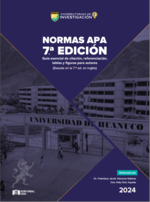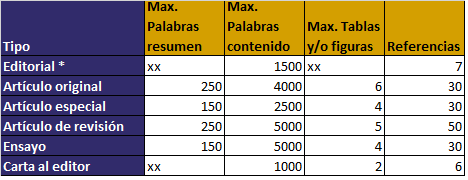REFRAMING ENGINEERING CURRICULUM BASED ON BLOOM'S TAXONOMY
Palavras-chave:
Bloom taxonomy, engineering, curriculum reform, Bloom Taxonomy, expectations, school reality, quality of curriculum, curriculum planning, educational innovation, forgetting curve, symbiosis.Resumo
This article challenges traditional curriculum at engineering schools in Peru by moving engineering curriculum plans to
be reframed based on the amount of concentrated time a learner can spend on a subject without becoming distracted
with overloaded schedule by deliberate practice and less lecture rooms, learners gain a compelling expertise before
graduation. After digging a little deeper into the student experience, we found the disconnect between what universities teach and the skills needed in the modern society. We have developed an empirical evidence for this estimate
hinged on Bloom’s taxonomy in a case study at an engineering department. Our result has shown that, on average,
5.5 hours is needed to reach the top level of Bloom's taxonomy immediately after one-hour lecture. From the results
of this study and supported by Bloom's taxonomy and the forgetting curve theory, it is concluded that engineering careers need to readjust study plans to concentrate more time on doing, designing, building and developing a particular
domain of knowledge and establish tutorial practice for each unit of classroom time with a reasonable workload. Engineering of all strands are always involved with design and building things, hence it requires more tutorials and practical tasks in a specific domain and thus would contribute to a symbiotic relationship between science and technology
Downloads
Downloads
Publicado
Como Citar
Edição
Seção
Licença
Copyright (c) 2022 Desafios

Este trabalho está licenciado sob uma licença Creative Commons Attribution 4.0 International License.
a. Los autores conservan los derechos de propiedad intelectual (copyright) de las obras publicadas, cediendole a la revista el derecho de primera publicación.
b. Los autores retienen sus derechos de marca y patente, y también sobre cualquier proceso o procedimiento descrito en el artículo.
c. Los autores retienen el derecho de compartir, copiar, distribuir, ejecutar y comunicar públicamente el artículo publicado en la RD (por ejemplo, colocarlo en un repositorio institucional o publicarlo en un libro), con un reconocimiento de su publicación inicial en la RD.
d. Los autores retienen el derecho a hacer una posterior publicación de su trabajo, de utilizar el artículo o cualquier parte de aquel (por ejemplo: una compilación de sus trabajos, notas para conferencias, tesis, o para un libro), siempre que indiquen la fuente de publicación (autores del trabajo, revista, volumen, número y fecha).
























